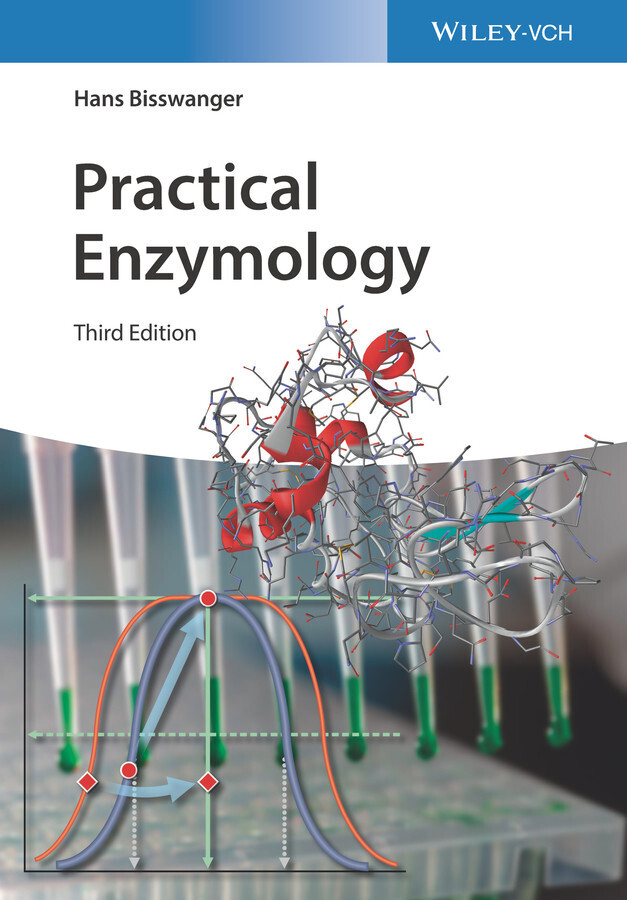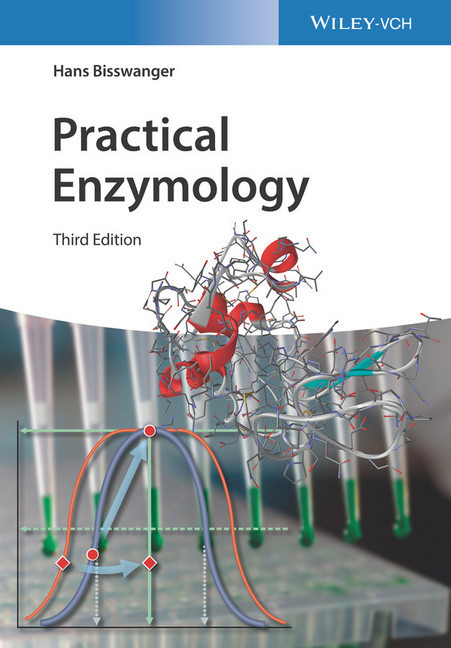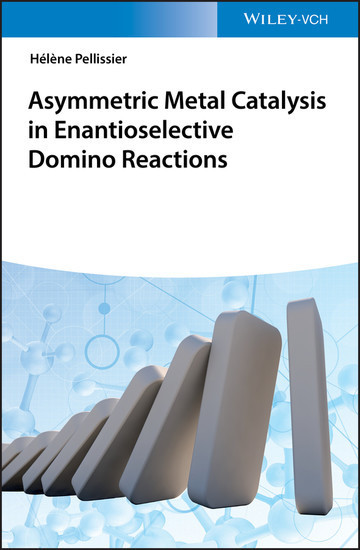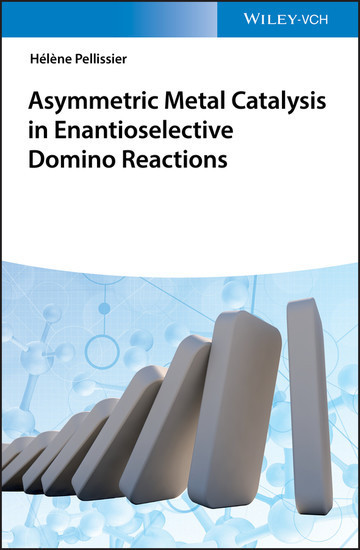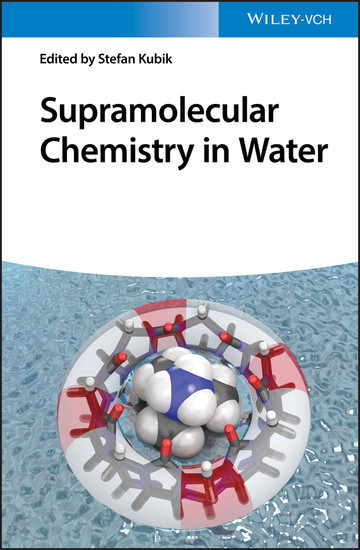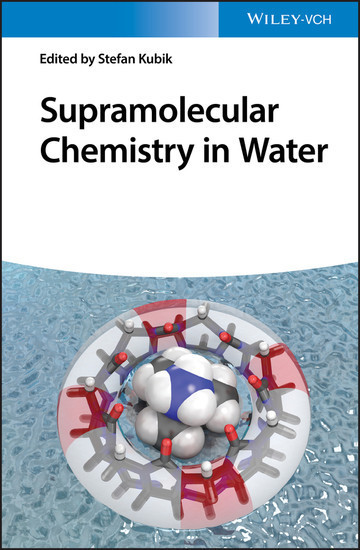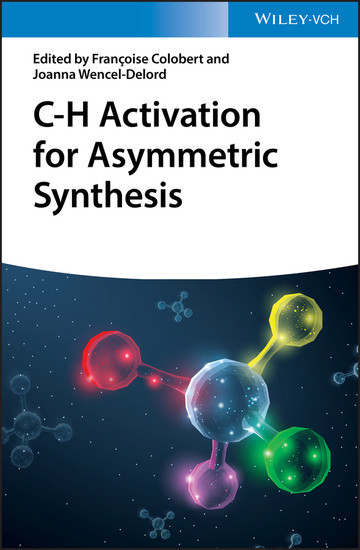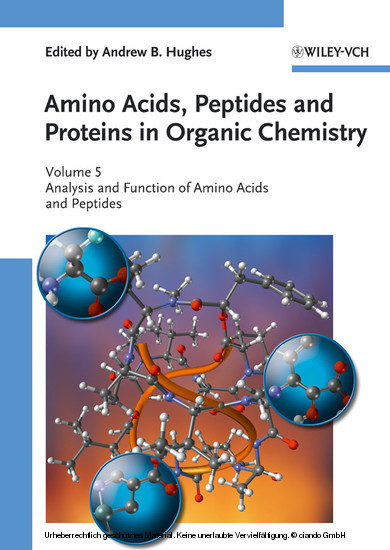Practical Enzymology
A practice-oriented guide to assaying more than 100 of the most important enzymes, complete with the theoretical background and specific protocols for immediate use in the biochemical laboratory. Now expanded with a new section on metal ion determination.
Hans Bisswanger was Professor at the Interfaculty Institute of Biochemistry at the University of Tübingen (Germany), where he has developed and taught for many years an intensive course on enzyme kinetics, enzyme technology and ligand binding. His scientific interest lies with structural and regulatory mechanisms of multi-enzyme complexes, thermophilic enzymes and the technical application of immobilized enzymes. He is the author of several well-known books on enzymology that have appeared in different languages and editions.
Hans Bisswanger was Professor at the Interfaculty Institute of Biochemistry at the University of Tübingen (Germany), where he has developed and taught for many years an intensive course on enzyme kinetics, enzyme technology and ligand binding. His scientific interest lies with structural and regulatory mechanisms of multi-enzyme complexes, thermophilic enzymes and the technical application of immobilized enzymes. He is the author of several well-known books on enzymology that have appeared in different languages and editions.
1;Cover;12;Title Page;33;Copyright;64;Contents;75;Preface to the Third Edition;176;List of Abbreviations and Symbols;197;Chapter 1 General Aspects of Enzyme Analysis;217.1;1.1 Introduction and Essentials for Enzyme Assays;217.2;1.2 Theoretical Basis of Enzyme Assays;247.2.1;1.2.1 Order of Enzyme Reactions;247.2.2;1.2.2 Importance of the Reaction Order for Enzyme Reactions;267.2.3;1.2.3 The Reaction Velocity, Significance, and Practical Aspects;307.2.3.1;1.2.3.1 Determination of the Reaction Velocity, the Progress Curve;307.2.3.2;1.2.3.2 Enzyme Units;357.2.3.3;1.2.3.3 A Short Discussion About Errors in Enzyme Assays;377.2.3.4;1.2.3.4 Practical Rules for the Preparation of Dilution Series;417.2.3.5;1.2.3.5 Statistical Treatment of Enzyme Reactions;437.2.4;1.2.4 Treatment of the Michaelis-Menten Equation;447.2.4.1;1.2.4.1 General Considerations;447.2.4.2;1.2.4.2 Linear Representations of the Michaelis-Menten Equation;467.2.5;1.2.5 Enzyme Inhibition;487.2.6;1.2.6 Multisubstrate Reactions;537.3;1.3 Essential Conditions for Enzyme Assays;557.3.1;1.3.1 Dependence on Solvents and Ionic Strength;557.3.2;1.3.2 pH Dependency;567.3.2.1;1.3.2.1 Isoelectric Point;587.3.2.2;1.3.2.2 Buffers: What Must Be Regarded?;587.3.2.3;1.3.2.3 How to Prepare Buffers?;617.3.3;1.3.3 Temperature Dependency;627.3.4;1.3.4 Stability of Enzymes;677.3.4.1;1.3.4.1 Why Are Enzymes Unstable?;677.3.4.2;1.3.4.2 How Can Enzymes Be Stabilized?;687.3.4.3;1.3.4.3 How to Store Enzymes?;687.4;1.4 Theory of Coupled Enzyme Reactions;717.4.1;1.4.1 Two Coupled Reactions;717.4.2;1.4.2 Three Coupled Reactions;747.5;1.5 Substrate Determination;747.5.1;1.5.1 End Point Method;757.5.2;1.5.2 Substrate Determination by Coupled Enzyme Reactions;767.5.3;1.5.3 Kinetic Method for Substrate Determination;777.5.4;1.5.4 Enzymatic Cycling;778;Chapter 2 Instrumental Aspects;818.1;2.1 Spectroscopic Methods;818.1.1;2.1.1 Absorption (UV/Vis) Photometry;818.1.2;2.1.2 Cuvettes;928.1.2.1;2.1.2.1 Shape;928.1.2.2;2.1.2.2 Material;938.1.2.3;2.1.2.3 Cleaning;938.1.3;2.1.3 Turbidity Measurement;948.1.4;2.1.4 Fluorescence Photometry;958.1.5;2.1.5 Luminometry;998.1.6;2.1.6 Polarimetry;1008.2;2.2 Electrochemical Methods;1018.2.1;2.2.1 pH Meter and Glass Electrodes;1018.2.2;2.2.2 pH Stat;1028.2.3;2.2.3 Potentiometry;1038.2.4;2.2.4 Oxygen and Carbon Dioxide Electrodes;1038.3;2.3 Radioactive Labeling;1048.4;2.4 Diverse Methods;1049;Chapter 3 Enzyme Assays;1079.1;3.1 Enzyme Nomenclature;1089.2;3.2 Practical Considerations for Enzyme Assays;11010;Chapter 4 Oxidoreductases, EC 1;11510.1;4.1 General Assay Procedures;11510.1.1;4.1.1 Optical Assay;11510.1.2;4.1.2 Fluorimetric Assay;11610.2;4.2 Alcohol Dehydrogenase (ADH), EC 1.1.1.1;11610.2.1;4.2.1 Reduction Assay;11610.2.2;4.2.2 Oxidation Assay;11710.3;4.3 Alcohol Dehydrogenase (NADP+), EC 1.1.1.2;11810.4;4.4 Homoserine Dehydrogenase, EC 1.1.1.3;11910.5;4.5 Shikimate Dehydrogenase, EC 1.1.1.25;12010.6;4.6 l?Lactate Dehydrogenase (LDH), EC 1.1.1.27;12110.6.1;4.6.1 Photometric Reduction Assay;12110.6.2;4.6.2 Fluorimetric Reduction Assay;12210.6.3;4.6.3 Oxidation Assay;12310.7;4.7 Malate Dehydrogenase (MDH), EC 1.1.1.37;12410.8;4.8 Malate Dehydrogenase (Oxaloacetate?Decarboxylating) (NAD+), EC 1.1.1.38, and Malate Dehydrogenase (Decarboxylating), EC 1.1.1.39;12510.9;4.9 Malate Dehydrogenase (Oxaloacetate?decarboxylating) (NADP+), EC 1.1.1.40;12610.10;4.10 Isocitrate Dehydrogenase (NAD+) (ICDH), EC 1.1.1.41;12710.11;4.11 Isocitrate Dehydrogenase (NADP+) (ICDH), EC 1.1.1.42;12810.12;4.12 Glucose?6?Phosphate Dehydrogenase (NADP+), EC 1.1.1.49 (G6PDH);12910.13;4.13 Glucose Oxidase (GOD), EC 1.1.3.4;13010.14;4.14 Formate Dehydrogenase (FDH), EC 1.2.1.2;13110.15;4.15 Glyceraldehyde?3?Phosphate Dehydrogenase (GAPDH), EC 1.2.1.12;13210.15.1;4.15.1 Oxidation Assay;13210.15.2;4.15.2 Reduction Assay Coupled with 3?Phosphoglycerate Kinase (PGK);13310.16;4.16 Long?Chain?Aldehyde Dehydrogenase, E
Bisswanger, Hans
| ISBN | 9783527820818 |
|---|---|
| Artikelnummer | 9783527820818 |
| Medientyp | E-Book - PDF |
| Auflage | 3. Aufl. |
| Copyrightjahr | 2019 |
| Verlag | Wiley-VCH |
| Umfang | 416 Seiten |
| Sprache | Englisch |
| Kopierschutz | Adobe DRM |

